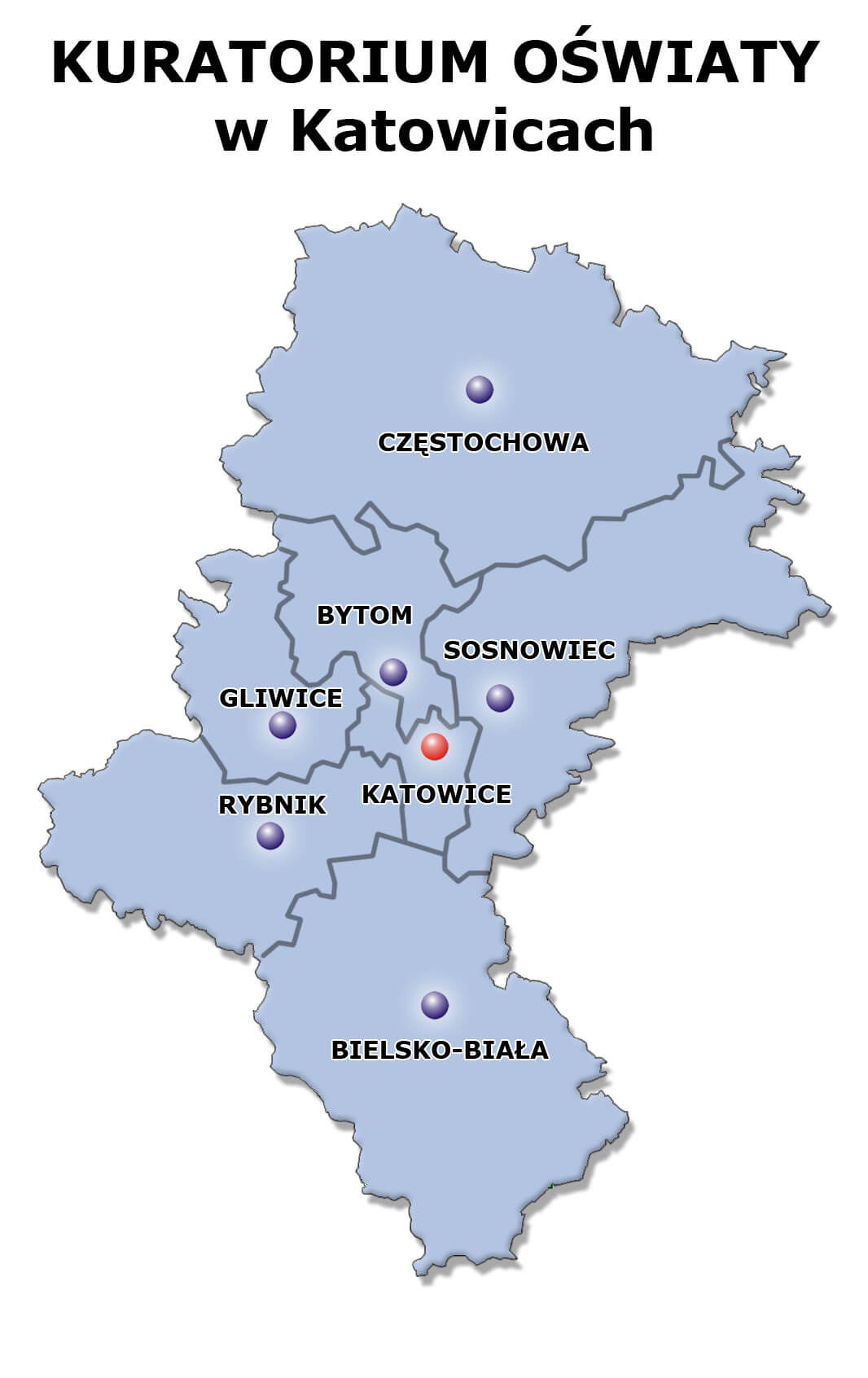Is there something to be afraid of? The Great Epidemics in the history of mankind
11 March 2015
Great epidemics are the price we have paid for the development of civilisation. Domestication of animals, living in groups, trade and travel. Since antiquity, all of the above led to the outbreaks of epidemics. However, the most well-known and terrifying epidemics began in the Middle Ages. The disease that wreaked havoc in the 12th century was smallpox, in the 13th century – leprosy, in the 14th century – plague, in the 15th century – syphilis, in the 16th century – dysentery, in the 17th century – tuberculosis and in the 18th century – typhoid. The epidemic of cholera in the 19th century and the Spanish flu in the 20th century claimed about 100 million lives. It is the 21st century. What should we fear?
Plague – the Black Death from China
It is the end of the 13th century – “a small Ice Age” in Europe; the cooling of the climate makes it difficult to grow food.
It is so bad that in the autumn of 1315, the great famine begins that will last 7 years.
It will weaken the human body and put it at a deadly risk – Yersinia pestis, the bacteria that cause the plague that originated in Yunnan, the province in south-west China. They travelled several thousand kilometres on ships or on rodents from East Asia through Crimea to get to Europe and the Mediterranean regions. During its journey, it killed about 100 million people.
In the world’s history, there were three outbreaks of this disease. How is it possible that one bacteria species wreaked such havoc? The bacteria cannot act on their own – they need an immunocompromised host, which could be easily found in the Middle Ages. People living in cities and countries who do not follow the basic rules of hygiene have to pay a terrible price – high fever, vomiting with blood, rash and death within 2–7 days from the occurrence of the first symptoms. Who would think that not washing one’s hands may lead to death? Precisely speaking, it is about the hazard related to the lack of this routine activity – the bacteria that cause plague have capsules with injection apparatuses that produce toxins. They block the proteins that take part in phagocytosis – removing the pathogen, the bacteria that cause plague. To sum up, Yersinia pestis produces compounds that block the immune reaction of the body towards the bacteria. In this way, it can function and develop in human tissues up to the point when an antibiotic is administered. Unfortunately, this was not known in the Middle Ages, which was tantamount to the death of the carrier.
Typhoid – the disease of crowds
Crowded prisons, prisoner-of-war camps, but also hot countries, such as those in Africa and the south of Asia, are colonised by Rickettsia prowazekii bacteria. They travel from man to man and from man to flea; thus, they can also be found in Europe. The effects of the human body colonisation are numerous petechiae on the skin and a high fever, usually resulting in consciousness disorders. What is more, the bacteria cause some changes in the lungs and in the circulatory system, which results in hypoxia. Why does such a small intruder cause such grievous damage? The sick person does not die instantly – they realise they are sick, usually after two weeks. Then, the symptoms suddenly occur.
Headache, fever, increased thirst – in the beginning the symptoms are mild, but later they also involve numerous rose spots on the skin. In the history of the world, typhoid broke out many times – especially during wars when gaining access to the vaccines was practically impossible and the level of healthcare in hospital facilities was very low.
Although many years have passed, the bacteria causing the disease are well secured to prevent them from being used for the construction of a biological weapon. The bacteria are easily transferred, the incubation period is short and they have little requirements as far as the environmental conditions are concerned; all they need is a few untreated carriers in a large group of people and a small epidemic is on. If we take into account that the period of decreased immunodeficiency is coming due to the autumn and winter season, we are getting close to a typhoid pandemic, a nightmare from many years ago. To avoid history repeating itself, we should take prophylactic vaccinations. But how can we persuade people to use prophylaxis against the hazard that was considered extinct?
Smallpox – “rice grains under the skin”
The year 400 AD was the beginning of a new hazard lasting up to 1978. Humanity struggled with it for over 1,500 years.
The Smallpox virus, or Variola major, kept doctors and parents awake at night and would be impossible to defeat if not for a miraculous invention – the vaccine. A virus reservoir is a human, and that is why eliminating the source of the disease was not so easy. A patient can infect others from the occurrence of fever, meaning 3–4 days after the virus is absorbed by the body. During that time, the pathogen is absorbed by the lymph nodes, the bone marrow and the spleen. Infection is spread by air or droplets or by contact with lesions on a sick person’s skin – numerous pustules with pus. In consequence, both doctors and families who wanted to alleviate patients’ suffering became the next victims of the virus. Humid autumns and springs, the monsoon climate, as well as polluted air in cities and industrial areas have contributed to the spread of the virus. The virus settles on dust particles and is easily absorbed by the upper respiratory tract. Next, it settles in the sick person’s organs, wreaking havoc; if not treated, the disease leads to death.
Spanish flu – more effective than a rifle?
The First World War continues. The population of Europe, often underfed and weakened, travels the world in order to avoid the effects of war. No one yet knows that they are potential objects of a flu virus attack. Spanish flu, as the greatest flu pandemic in 1918–1819 was called, for about 2 years caused a higher mortality than World War I – 50 million people died from it. The flu virus originated from birds – it was probably the cause of the fast spread of the disease at the same time around the world. Could the tragedy have been prevented? Flu virus was already known by Hippocrates in 412 BC.
The first pandemic occurred later in the 16th century. Unfortunately, infection case studies did not help because the virus was characterised by high genetic variance – it means that it changed its form and mutated, creating variants that were increasingly resilient to treatment. That is why there is an epidemic every few years. So far, there have been three epidemics: the first one – the Spanish flu, the second one almost 40 years later in 1957, and the last one in 1968. Despite the fast development of pharmaceutical studies, almost 2 million people die of flu annually.
Swine flu (H1N1) epidemic
Everything started in the hot regions of South America, in a lab in Mexico. Into the world came a new virus – influenza A or swine flu (H1N1). Although in 2010 it was officially stated that the pandemic lasted from March 2009 on all continents, it took a much lesser death toll than its previous versions. Having noted even a few disease cases in different places at the same time, state authorities decided to take organised action aimed at reducing the risk of the disease spreading. This entailed the fast design and administration of a vaccine and the isolation of potential carriers such as animals, especially pigs. These farm animals became the most susceptible to the virus. The basic types of meat eaten by humans are produced from pigs, and consequently there is a great risk of transmitting the pathogen from animals to humans. Influenza A virus has the same effects as a common cold and that is why it is so difficult to diagnose.
Just food poisoning or a cholera epidemic?
The 19th century was certainly the time of cholera. The epidemic claimed 40 million victims; as a comparison, at the same time 20–25 million people died of flu. Why did cholera take a greater death toll than the flu? Unlike the Spanish flu, cholera is caused by Vibrio cholerae bacteria which live in polluted water that seems fit for human consumption. The bacteria are transmitted by an oral route. Symptoms of cholera are characteristic for common food poisoning. The main symptom is diarrhoea caused by toxins produced by the bacteria. It mainly affects the bowels – it increases peristalsis and reduces the permeation of water from the blood to the bowels.
In an ocean of blood – Ebola fever
Initially, the Ebola haemorrhagic fever spread in the African countries; later, it moved to Europe, where it decimated the population. The patients died mainly because of the fast development of the disease and the lack of a cure; it was virtually impossible to help them. The sick would lose a lot of blood and no one could explain it. Additionally, the disease spread very fast, which resulted in new hotbeds of the epidemic. The virus was described only at the beginning of the 20th century.
It turned out that it is a type of RNA virus from the Filoviridae family. 3 out of 4 of known biotypes of the virus are dangerous to humans: Ebola-Zaire, Ebola-Sudan and Ebola-Ivory Coast (Cote d’Ivoire). The virus is still active and they still struggle with it in African countries, especially Guinea and Liberia. Unfortunately, eliminating the virus is very difficult – despite many studies and experiments, scientists have not yet found a drug that can directly target the disease. There are only symptom-relieving drugs that allow for the reduction of internal bleeding. Currently, the vaccine allowing for the reduction of the symptoms and even the virus elimination is being developed.
Anthrax – the wool sorters’ disease
Why is it called ‘the wool sorters’ disease’ instead of an animal-transmitted disease? The explanation is simple – the bacteria causing anthrax were detected in humans, and only later was it discovered that they are also easily transmitted by animals.
At the beginning of the 18th century the first victims were workers processing animal fibres. Why them? – The rough texture was a perfect habitat for the endospores of the bacteria causing anthrax. Skin contact was enough to make another person a carrier. The disease was also transmitted orally and by air. No wonder people were so afraid of that epidemic.
Interestingly, a bacteria carrier could live in uncertainty for 2 months – the time of the incubation period i.e. the period until the occurrence of the first symptoms. The symptoms are very unpleasant – fever, suffocating cough, vomiting and characteristic ascites, an accumulation of fluid in the peritoneal cavity. A lack of treatment leads to death within 36 hours.
Although a lot of time has passed since the last outbreak of the epidemic and adequate antibiotics have been invented, anthrax still spreads terror. For example, random people in the USA were sent envelopes with the endospores of the bacteria causing anthrax. Since then, the bacteria strains have been kept in several of the best secured laboratories in the world – among others in Atlanta.



























